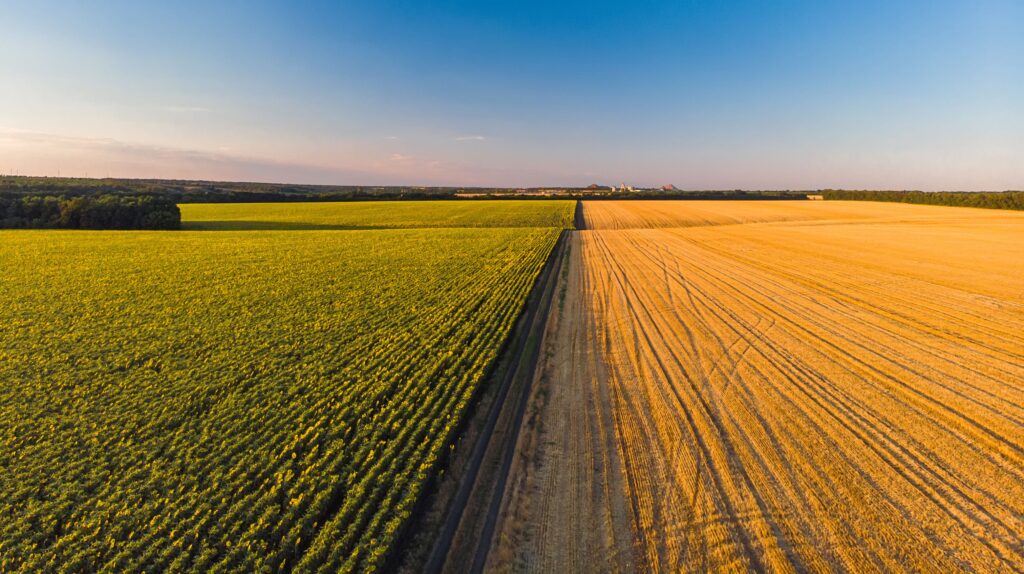How To Elevate Food: Data And Digital Responsibility
Welcome to a deep dive into the future of food with the Digital Food Podcast Episode 1!
DRG4FOOD coordinator Kai Hermsen and Narravero’s CEO Thomas Rödding shed light on the importance of integrating data into our food systems and how this can reshape the industry. This blog post explores the key takeaways from the discussion, focusing on the role of transparency, data-driven insights, and digital responsibility in the food sector.
Conversation’s BIG 3 takeaways:
- Combining data and food allows for more informed judgments about your diet and environmental impact.
- Be aware of marketing tactics that may claim false claims.
- We need to discuss Digital Responsibility as food data can reveal personal information.
Why Data and Food Matter: The Core Reasons
1. Transparency is one of the biggest advantages of incorporating data into the food industry. Data helps trace the entire journey of food from farm to table. By leveraging advanced tracking technologies, consumers and businesses can know exactly where their food comes from, who is involved in its production, and how it is processed.
2. Ensuring Quality as Data-driven insights enable better monitoring of food safety standards. This reduces the likelihood of contamination and ensures that the food reaching consumers is safe and high-quality.
3. Empowering Consumers as access to detailed data allows consumers to make better-informed choices. By scanning QR codes or using apps, consumers can learn about nutritional content, sourcing practices, and the environmental impact of their food.
Moreover, understanding the impact of purchasing decisions encourages more sustainable and ethical consumption patterns.
Why Data and Digital Responsibility Matter for the Food Industry
Data in the food industry isn’t new but making it more accessible is crucial:
- Empowering Small Players: By democratizing data access, smaller producers and entrepreneurs can compete more effectively with large corporations, leading to a more balanced and innovative food market.
- Driving Innovation: Open data enables new solutions and improvements in food production and safety, leading to more sustainable practices and better consumer products.
- Better Consumer Understanding: Clear and accessible data helps consumers make better choices about what they eat and drink, ensuring they support products that align with their values and health needs.

Practical Benefits for Everyday Consumers
- Easy Access to Information: Technologies like QR codes and digital food passports provide consumers with immediate access to comprehensive product information. This makes it easier to understand what’s in their food and how it fits into their dietary preferences.
- Enhanced Labeling: Advanced labeling technologies allow consumers to quickly assess nutritional content, ingredient sources, and other important details without having to decipher small print.
- Efficient Waste Management: Better data on packaging can lead to more effective recycling and waste management solutions. For instance, easily identifiable and returnable packaging can significantly reduce food waste.
- Encouraging Local Production: By understanding the impact of their food choices, consumers can support local farmers and sustainable practices, contributing to a more resilient and eco-friendly food system.
Conclusion
The integration of data into the food system, coupled with a strong commitment to digital responsibility, holds the potential to revolutionize how we produce, distribute, and consume food. Initiatives like the DRG4FOOD one are at the forefront of this transformation, making it easier for consumers to make informed choices, supporting smaller producers, and driving innovation in the food industry.
As we move forward, embracing these changes will lead to a more transparent, sustainable, and equitable food system for everyone.

This article is based on an extended discussion on the Digital Food Podcast; tune in and educate your network!

